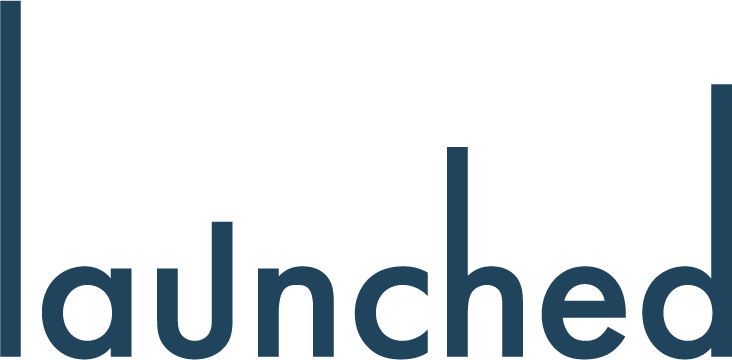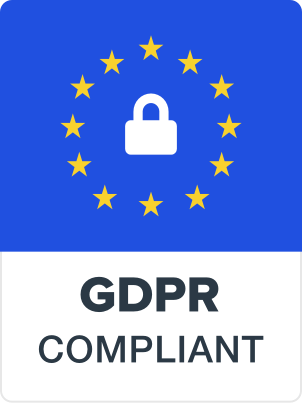BANT is an acronym introduced by IBM in the 1960s that lets salespeople identify the most qualified prospects based on their Budget, Authority, Needs, and Timeline (Abhijit Wadpalliwar).
BANT isn’t as popular these days as it used to be, but not because of the method, but more because of how it is being used (Aja Frost). To avoid the common mistakes of BANT, you need to consider it as a concept rather than a checklist–altering your approach with each prospect, considering their touch points so far, and listening to their responses rather than bombarding them with questions about their budget and how quickly you can convert them (Abhijit Wadpalliwar).
B2B sales and marketing teams still agree that there is certainly still a place for BANT sales framework; it is often used to score prospects to determine the nurturing programme they require. With all the media technology available to us today, we often assess BANT in different ways than we used to.
- Data–Utilise the data you collect from your website, your social media, and your marketing campaigns to understand who is downloading or reading your content or engaging with your brand. These are likely to be the prospects that represent the most meaningful opportunities.
- Research–Consider that if a prospect has filled out a contact form and requested further contact, they have almost certainly done most of their research prior to this, and assessed themselves whether they are BANT qualified
- Approach–You need the information to help close a sale, yes–but it’s how you get that information that’s vital. As mentioned briefly above, aim to have an actual conversation, rather than listing off a series of questions that only provide insight for the salesperson and not the buyer.
This approach means that you can add value in the long term and build a relationship. We all know that prospects, whether they are B2C or B2B, expect the sales process to be authentic and genuine. According to SmarterHQ, 72% of consumers say they now only engage with marketing messages that are personalised and tailored to their interests (smart insights). Even if you’re interacting with prospects for the first time, and you must ask a series of BANT-related questions to get the information you need, be sure to personalise the conversation by listening to what they say and responding appropriately.
For those companies not using a digital lead scoring system, the BANT framework is an effective sales technique that allows sales teams to determine whether a prospect is likely to convert. But it’s no longer good enough to force BANT-related questions on prospects and expects them to still want to purchase from you. B2B organisations must get creative by assessing lead qualification or utilise digital technologies that score leads and automate nurturing programs.
Share via:



